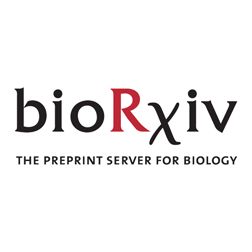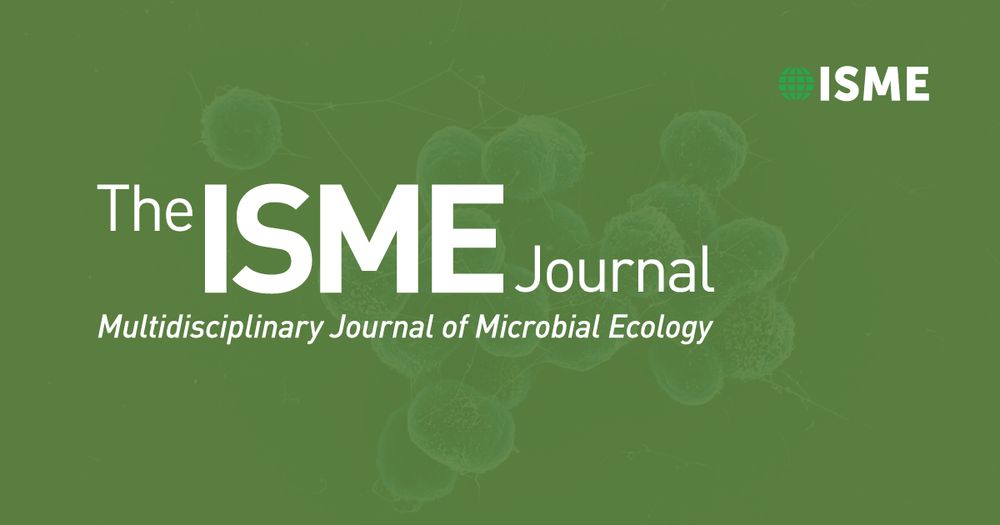Sequencing by Expansion (SBX) – a novel, high-throughput single-molecule sequencing technology
Remarkable advances in high-throughput sequencing have enabled major biological discoveries and clinical applications, but achieving wider distribution and use depends critically on further improvements in scale and cost reduction. Nanopore sequencing has long held the promise for such progress, but has had limited market penetration. This is because efficient and accurate nanopore sequencing of nucleic acids has been challenged by fundamental signal-to-noise limitations resulting from the poor spatial resolution and molecular distinction of nucleobases. Here, we describe Sequencing by Expansion (SBX), a single-molecule sequencing technology that overcomes these limitations by using a biochemical conversion process to encode the sequence of a target nucleic acid molecule into an Xpandomer, a highly measurable surrogate polymer. Expanding over 50 times longer than the parent DNA templates, Xpandomers are engineered with high signal-to-noise reporter codes to enable facile, high-accuracy nanopore sequencing. We demonstrate the performance of SBX and present the specialized molecular structures, chemistries, enzymes and methods that enable it. The innovative molecular and systems engineering in SBX create a transformative technology to address the needs of existing and emerging sequencing applications. ### Competing Interest Statement Competing interests: Various authors are inventors on the following patents 7939259, 8349565, 8324360, 9920386, 9670526, 10851405, 11920184, 10457979, 10676782, 10301345, 10774105, 10745685, 11299725, 12037577, 12116570, 11530392, 11970731, 9771614, 8586301 and 10996213 held by Roche Sequencing Solutions, Inc. that cover SBX Technology. MK, RM, MN, AJ, MP, CC, KB, TL, JC, LM, ML, TR, CW, SB, AL, MK, RB, SM, BB, BK, ML, MW, AK, AA, MRP, SK, JL, MB are employees of Roche Sequencing Solutions, Inc. SBX, Xpandomer and XNTP are registered trademarks of Roche Sequencing Solutions, Inc.



















